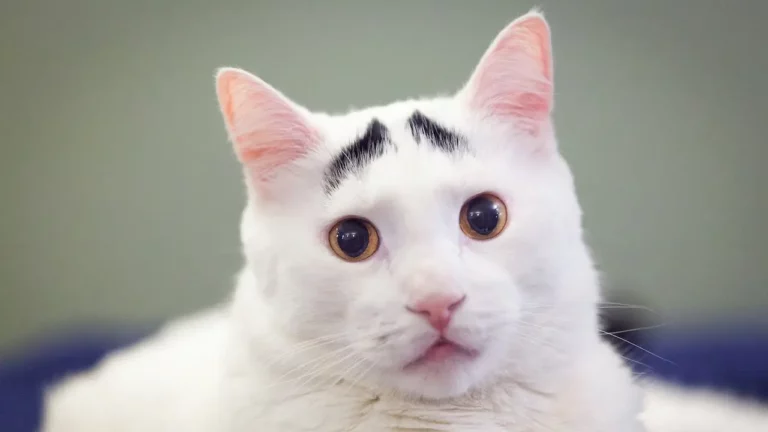Here's How To Know How Much Litter Should You Use!
When determining how much litter to use for your
Typically, a 2-3 inch layer works well, but adjustments might be necessary based on your observations.
Using a scoop or cup will help maintain consistency, and don’t forget to check the manufacturer’s guidelines for your specific litter type.
But what happens when your
Understanding Your Cat ‘s Needs
To properly gauge how much litter to use, you first need to understand your
Every
Pay attention to your
Cats that enjoy digging might need a bit more litter, while those that don’t may be fine with a thinner layer.
Consider the size of your
Frequent users might benefit from a bit more litter to help with absorption and odor control.
The type of litter box you have also matters. Open boxes may need more litter to prevent messes, while covered boxes might work with less.
Choosing the Right Litter Type
Selecting the appropriate litter type is crucial, as it greatly affects your
There are various types of
Clay litter, for instance, is very popular due to its strong absorbency and clumping action, making it easy to clean.
On the other hand, silica gel crystals offer excellent odor control and require less frequent changing.
If your
These are often less dusty and gentler on your
Additionally, some cats may prefer the texture of one type of litter over another, so it might be necessary to try out a few different kinds to find the one your
Remember that scented litters, while great for masking odors, may not always be the best choice. Some cats are sensitive to strong fragrances, which can deter them from using the litter box.
Ultimately, the right litter type enhances your
Measuring the Ideal Amount
Finding the right amount of litter to use in your
Start by aiming for a depth of about two to three inches of litter.
This amount allows your
Too much litter can cause it to spill over when your
When measuring, use a scoop or a cup to guarantee consistency each time you fill the box.
Pay attention to your
Conversely, if they kick out too much litter, reduce the amount slightly. It’s a balance that might require some adjustments based on your
Remember that different types of litter may require slight variations in depth.
Clumping litter, for example, might need a bit more depth compared to non-clumping varieties to ensure proper absorption and clumping. Always read the manufacturer’s recommendations on the packaging as a helpful guideline.
Maintenance and Cleaning Tips
Once you’ve determined the right amount of litter, regular maintenance and cleaning are crucial to keeping your
This prevents odors and keeps your
Every week, it’s important to do a more thorough clean.
Empty the entire litter box, disposing of the old litter properly. Wash the box with warm water and mild soap, making sure to rinse it thoroughly.
Avoid using harsh chemicals, as they can leave residues that your
Don’t forget to regularly check the litter level. If it’s too low, add more to maintain the ideal depth.
A full refresh of the litter every month is a good practice, even with daily and weekly cleanings. This ensures any lingering odors or hidden waste are fully removed.
Lastly, consider placing a mat outside the litter box to catch stray litter, making overall cleanliness easier.
Regular maintenance and cleaning keep the area pleasant for both you and your kitty companion.
Conclusion
By understanding your
Regular maintenance, including daily waste removal and weekly cleaning, will maintain the box fresh. Follow these tips, and you’ll guarantee a happy, healthy environment for your






